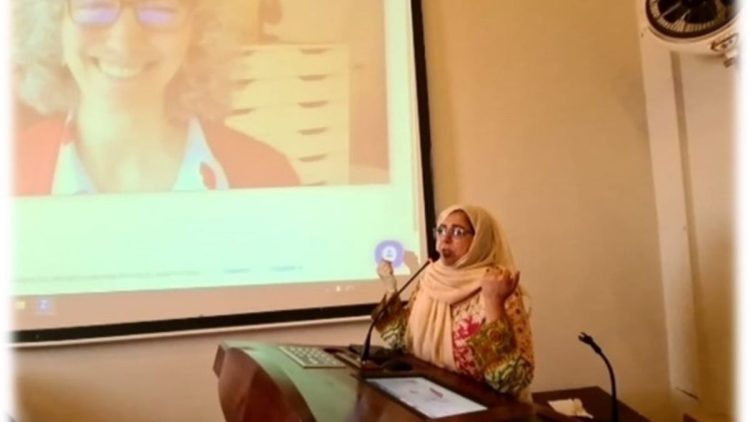Nonviolent Communication – What is it all about?
Did you ever ask yourself: “What happens to disconnect us from our compassionate nature, leading us to behave violently?“ or “What allows some people to stay connected to their compassionate nature under even the most trying circumstances?”
Marshall B. Rosenberg did that, even dedicating his life to the exploration and invention what we know today as nonviolent communication. The linked IM Campus Webinar below honors his work by spreading and teaching what he discovered. It is based on the book “Nonviolent Communication” by Mashall B. Rosenberg and other of his works, as well as the experiences of Francesca Francese as an expert in nonviolent communication.
A Language of Life
Nonviolent communication can act as a fundamental part of conflict resolution and healthy relationships. Therefore, it is not only for mediators and conflict resolution professionals but ultimately for anyone who wants to live in peace. Hence, don’t be afraid of what might expect you. Nonviolent communication is very easy to explain and understand. However, for it to be a life-changing paradigm, it takes a lot of commitment and effort to implement it into your private or professional life.
As Francesca Francese put it: “You don’t know your nonviolent communication unless you put yourself in the game and practice it.”
The best thing is: With reading this article and watching the webinar you are already taking the best first steps on this lifelong journey to learn and train not any other tool for your toolkit.
Four Components of Nonviolent Communication
In the webinar, you will hear and see about the basis of nonviolent communication: the four components of nonviolent communication.
- Observation vs. Judgement: To express what is alive in us, we need a vocabulary, a particular kind of linguistic competence. This is the basis for internal and external observations and crucial to overcome moralistic judgements, comparisons and denying responsibility.
- Identifying and expressing feelings: In nonviolent communication the term “feeling” includes physical sensations, emotions, and feelings. In this, the ability to pinpoint what you exactly feel – a vocabulary of your inner processes – is crucial again.
- Needs: They are the most basic and level human connection, shared by everyone. Therefore, needs are a shared basis for communication and conflict resolution.
- Request for Action: Your request for resolving the conflict or situation must be accurate, precise, and kind. In nonviolent communication does not allow the use of generalizations.
In all this, the two directions of nonviolent communication are the core for successful use:
- Listening from the heart
- Speaking from the heart
In addition, the influence of psychological aspects like empathy or personality are not to be forgot.
The IM Campus Webinar about Nonviolent Communication by Francesca Francese
If you want to learn more about nonviolent communication, please watch the linked webinar below. During this, Francesca Francese will provide you with deeper insights about the basics, beautifully combined with practical applications, examples and own experiences.





































